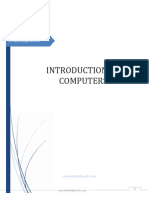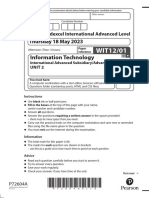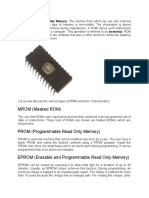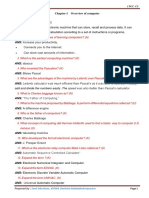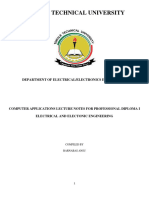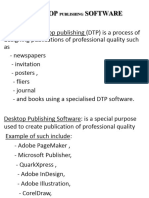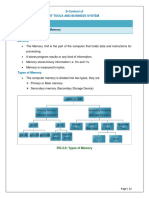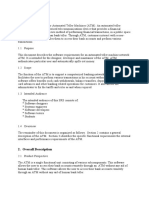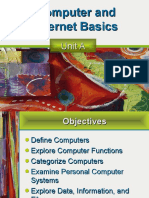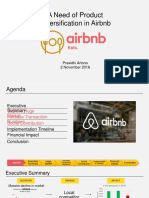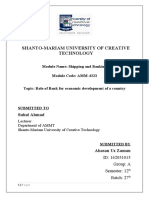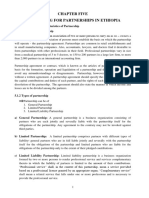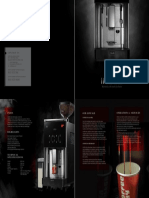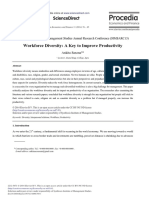0% found this document useful (0 votes)
315 views25 pagesCom Sci p1 Chap 5 (System Software) Notes
1. The document discusses different types of system software including operating systems, utility programs, and library programs.
2. Operating systems control the computer hardware and allow applications to run, while utility programs help analyze, configure, optimize and maintain the computer.
3. Library programs contain pre-written code and subroutines that provide common services to other programs to promote code reuse.
Uploaded by
Utsab ShiwakotiCopyright
© © All Rights Reserved
We take content rights seriously. If you suspect this is your content, claim it here.
Available Formats
Download as PDF, TXT or read online on Scribd
0% found this document useful (0 votes)
315 views25 pagesCom Sci p1 Chap 5 (System Software) Notes
1. The document discusses different types of system software including operating systems, utility programs, and library programs.
2. Operating systems control the computer hardware and allow applications to run, while utility programs help analyze, configure, optimize and maintain the computer.
3. Library programs contain pre-written code and subroutines that provide common services to other programs to promote code reuse.
Uploaded by
Utsab ShiwakotiCopyright
© © All Rights Reserved
We take content rights seriously. If you suspect this is your content, claim it here.
Available Formats
Download as PDF, TXT or read online on Scribd
/ 25


